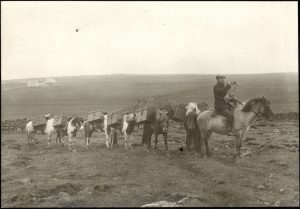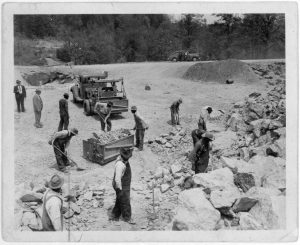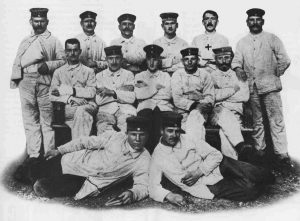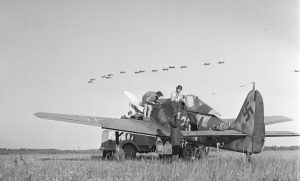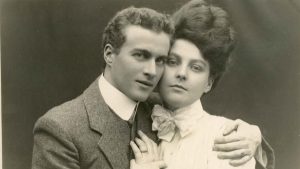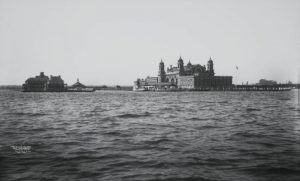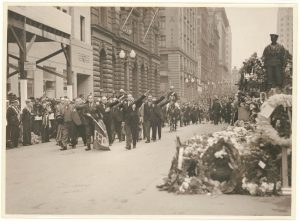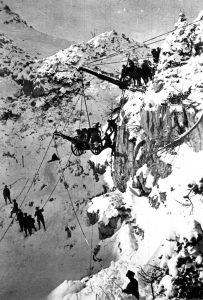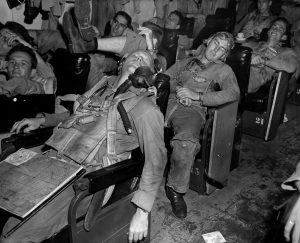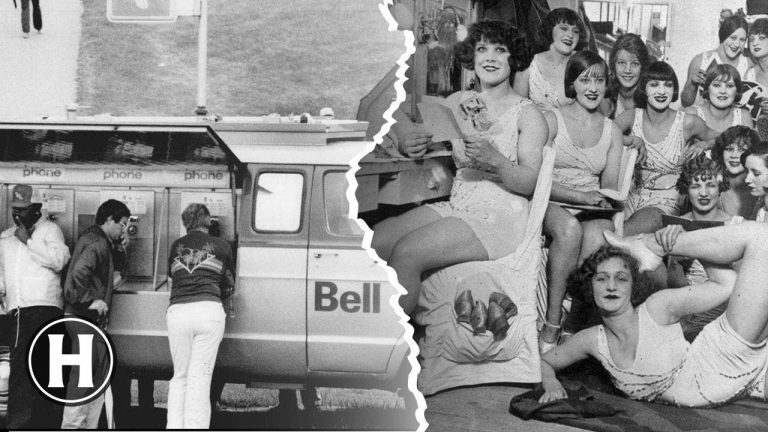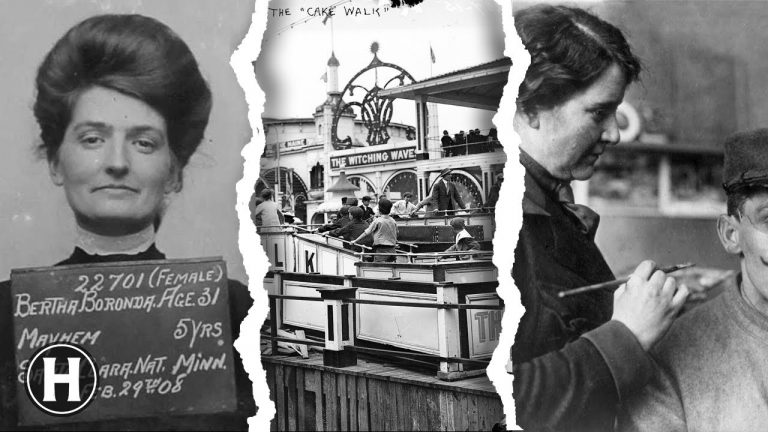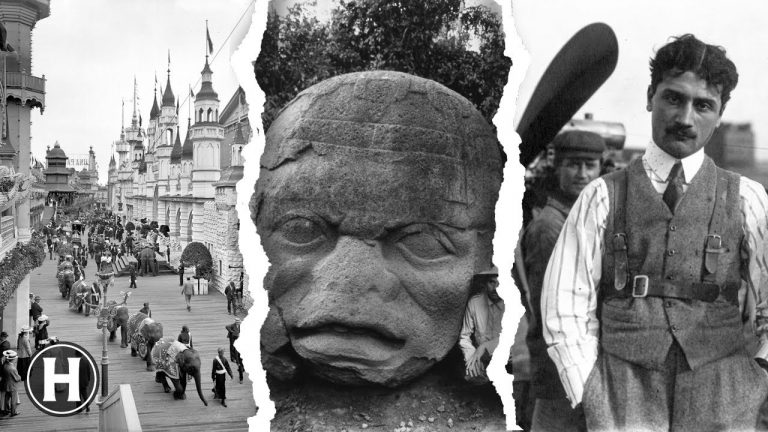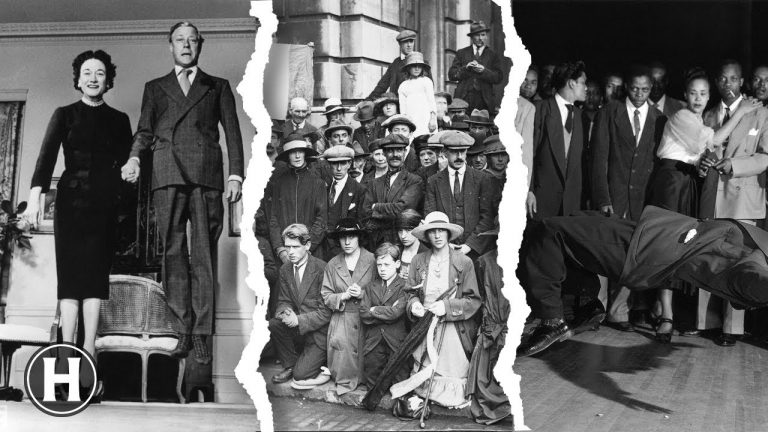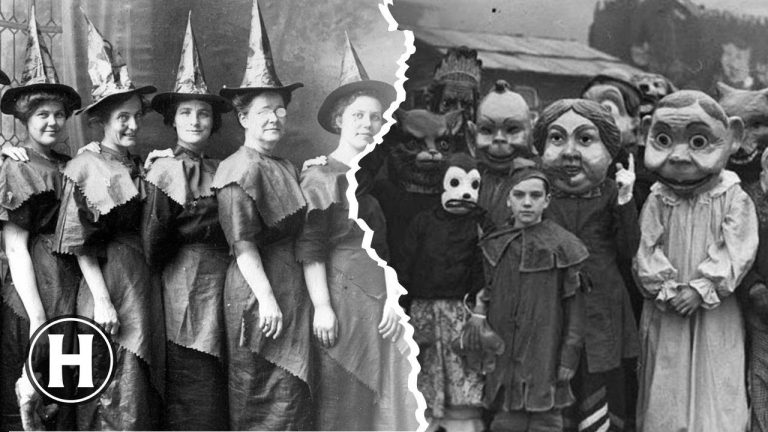Journey across monumental historical moments, from the first flight of the Silver Dart, soul-stirring war scenarios, iconic figures, technological marvels to amazing cultural snapshots brought alive in this image series.
Silver Dart’s First Flight (1910)
The historic flight of the Silver Dart in Canada took place on frozen Baddeck Bay in 1910. J.A.D. McCurdy, a Canadian aviation pioneer, was the pilot, with renowned American inventor Glenn Curtiss as his passenger.
Photographer Lost on USS Enterprise (1942)
This photo was taken by photographer Robert F. Read during the Battle of the Eastern Solomons. He lost his life while capturing the aftermath of a Japanese bomb hitting USS Enterprise, marking the first recorded instance of a combat photographer dying in action.
Air Force Jet Pilot Helmets (1954)
This captivating image from the 1954 LIFE magazine showcases the intriguing intersection of science and art. The study was aimed at using light beams to create a detailed contour map of a human head, a pioneer method for designing ergonomic jet-pilot helmets.
London WWII: Barrage Balloons (1939-1945)
During WWII, London utilized barrage balloons, large balloons tethered with metal cables, to deter low-flying enemy aircrafts. The iconic Buckingham Palace, visible among these defense balloons, surprisingly survived the war nearly unscathed.
Leon Trotsky’s Assassination (1940)
The table where Trotsky was assassinated is preserved in his former house in Mexico City, now a museum. A poignant relic, it symbolizes a pivotal end of an important figure in the Russian revolution, thus holding a deep historical significance.
“Friday, Arapaho Chief” (1873)
In the 1873 “Portrait of Arapaho Chief Friday” by Charles Bell, the chief’s detailed attire signifies status within his tribe. Bell, a renowned photographer, uniquely captured the essence of ceremonial regalia and indigenous culture.
“Future Now” (1931)
In 1931, the Empire State Building was completed in NYC, becoming the world’s tallest building. Simultaneously, US began its economic downturn due to Great Depression, while China endured the catastrophic Yangtze River flood killing millions. Challenging times that shaped history.
Michigan Central RR Tunnel Sink (ca. 1910)
The sinking of the Michigan Central Railroad tunnel in Detroit was a major engineering feat in 1910. It was the first underwater tunnel in the world that implemented the use of a full-length steel tube, revolutionizing tunnel building.
Elephants in St. Louis (1930)
In 1930s St. Louis, it was common for circus elephants to parade through streets, acting as unique and vibrant advertisements. The spectacle fascinated locals and created unforgettable, surreal scenes, blending everyday life and exotic spectacle.
Railway Unites East & West (5/10/1869)
On 5/10/1869, East and West connected by rail at Promontory Summit, Utah. This was marked by the “Golden Spike” ceremony, officially completing the First Transcontinental Railroad across the US.
German Soldier Rescue (1914-1918)
This image captures a rare moment of humanity during WW1, a German soldier risking his life to save a French enemy from a mud hole. It highlights the paradox of war, where compassion towards enemy can trump hostility, even in battlefields of Northern France.
American-East German Standoff (1961)
The Berlin Wall, built by East Germany in 1961, symbolized the ideological clash between the democratic West and communist East. The American forces’ stand-off with East German forces reflected global Cold War tensions.
USS Macon over NYC (1931)
The giant zeppelin was the LZ 127 Graf Zeppelin, a German-made airship. Its flight over NYC in 1931 was part of a pioneering round-the-world trip, demonstrating the capabilities of transatlantic air travel.
Emperor Haile Selassie at Maychew (1936)
It is one of the few known instances where a reigning emperor directly participated in war ground action. Emperor Haile Selassie of Ethiopia, in a rare display of courage, manned an anti-aircraft gun during the Battle of Maychew in 1936.
Hitler Cheers WWI Start (1914)
Before rising to power, Hitler enthusiastically supported the start of WWI. He saw it as a chance to prove himself after his aspiring art career failed. His experiences during the war significantly influenced his extremist views and nationalist ideals.
Battle of El Alamein (1942)
The Battle of El Alamein in 1942 was a turning point in WWII, marked by British tanks successfully breaching German minefields. This significant tactic stopped the Axis’ advancement into Egypt and began pushing them back to Tunisia.
Dr. von Braun Explains Saturn to JFK (1969)
Von Braun is considered the father of the US space program. This meeting not only represented the intersection of politics, science, and ambition, but also reflected Kennedy’s commitment to landing a man on the moon amidst the Cold War space competition.
Berlin Pre-Bombs (1945)
After WWII in 1945, Berlin was divided into four zones controlled by the US, UK, France, and Soviet Union. This set the stage for the Cold War, culminating in the construction of the infamous Berlin Wall in 1961. It remained divided until 1989.
2nd Army Commando Landings (6/6/44)
This was part of the D-Day invasion during WWII, where the Allied forces launched an attack on German-occupied France. The commandos on ‘Queen Red’ Beach, SWORD Area, begun their trek towards Pegasus Bridge, marking a key operation in ending the war.
Machine Gun Corps Fires at Aircraft (1917)
John Warwick Brooke, a renowned war photographer, captured this image amidst the chaos of World War I in 1917. The photograph shows British soldiers from the Machine Gun Corps caught in action during the Battle of Arras launching an air attack on German aircraft.
Anne Frank (1941)
Anne Frank’s diary was published as “The Diary of a Young Girl” in 1947 by Otto Frank, her father and only surviving family member. It depicts Anne’s life in hiding during the Holocaust. Today it is one of the world’s most widely read books.
Sinking of Zuikaku (1944)
The Zuikaku was the last of six Japanese aircraft carriers that participated in the attack on Pearl Harbor. As the ship sank during the Battle of Leyte Gulf, crewmen performed a ceremonial Sukuu (salute) to honor their vessel’s service.
Gihron Valley, Palestine (1880)
The first Zionist agricultural settlements in Gihron Valley, 1880, marked a historical turning point in the Jewish Homeland’s revival. Interestingly, these settlements originated from Bilu, a Russian movement of pioneers who started the modern agricultural return to Israel.
Chillin’ at Pink House Fountain (1945)
On this day, Argentine large-scale labor demonstrations occurred, widely seen as the foundation of Peronism, a political ideology associated with former President Juan Domingo Perón and his wife Eva (Evita). The Pink House is Argentina’s presidential palace.
H.M.S. Pandora Deck, 1913 (1913)
“Holystoning” is a unique naval cleaning method that got its name from the holy-like stones used in the process. It was performed on the H.M.S. Pandora during WWI in which seamen would scrub the wooden deck using sandstone blocks to maintain cleanliness and hygiene.
Icelandic Mail Train (1911)
In 1911, Iceland commenced its first and only experiment with a railway system, using a mail train. It was a 900mm gauge line named “Minør”, used for carrying mail between Reykjavík harbour and city center. It was discontinued in 1928.
Felice Beato’s Japanese Barber (1867-69)
During the Meiji era (1868-1912), Japan adopted many Western customs to modernize & industrialize. One such was barbershops which symbolized modern masculinity. Western-style haircut was enforced by the government to break away from their traditional topknot hairstyle.
Prisoners Breaking Rocks (1934)
Breaking rocks was a common form of hard labor in prison camps during the 1930s. This labor was not only a punishment but also a way to contribute to public works, such as road construction.
Hitler in Beelitz Hospital (1916)
In 1916, Adolf Hitler was admitted at Beelitz Hospital after being wounded in the Battle of Somme. During his recovery, the budding dictator honed his anti-Semitic and nationalistic ideologies that would later reshape the course of history.
Stuka Dive-Bombers Over Immola (1944)
The Stuka dive-bombers were feared instruments of the Axis powers in WWII; their distinct siren, known as the ‘Jericho Trumpet,’ would create a psychological impact on those below. The sighting over Immola, Italy, in 1944 was a menacing indication of a nearing assault.
Lionel Logue: Speech Therapist (26)
Despite having no formal training, Lionel Logue was able to help King George VI overcome his debilitating stammer, largely using breathing exercises. His future wife, Myrtle Gruenert, also supported him throughout his unique career.
Ellis Island, NY (1903)
In 1903, Ellis Island in New York processed a record number of immigrants, around 857,000. Most of these were from Southern and Eastern Europe, changing the cultural makeup of America remarkably.
Italian Fascist Salute (ca. 1935)
This historical photo captures Italian Fascist ex-servicemen saluting at the Sydney Cenotaph around 1935, underlining the global influence of Fascism at that time. It shows Australia was not immune to these ideological currents before World War II era.
Italian Mtn. Troops & Cannon (WWI)
During WWI, Italian mountain troops known as the “Alpini”, carried cannons up steep inclines in the Alps. They disassembled the weapons, then used ropes, pulleys and sleds, or even carried parts on their backs, in order to mount significant artillery in such high and remote locations.
Airmen’s Restful Air (1944)
In November 1944, amidst the chaos of World War II, Lt. John H. Cantrell and Lt. John L. Carter of the US Navy found peaceful sleep on their carrier, symbolizing resilience & tranquility amidst a storm of war. A picture of their ‘Restful Air’ speaks volumes about their bravery.

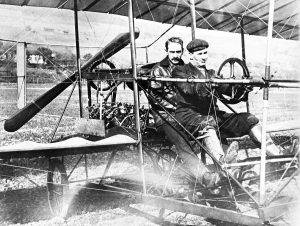
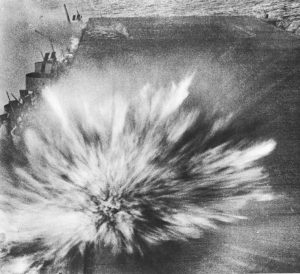

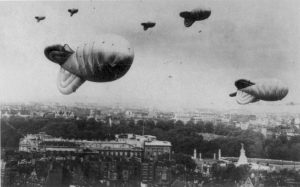
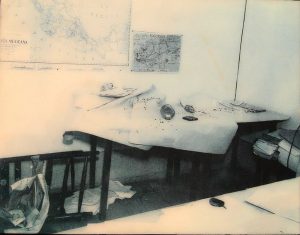
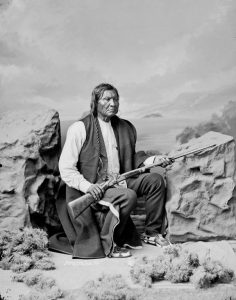
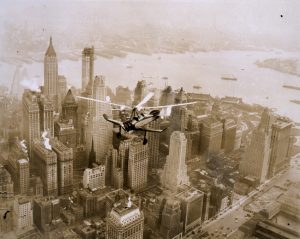
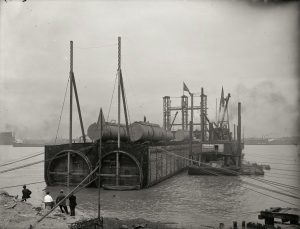
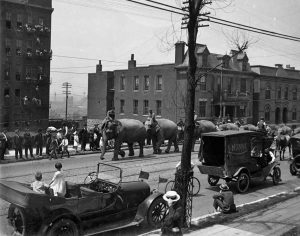
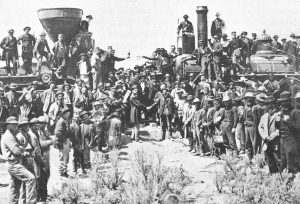
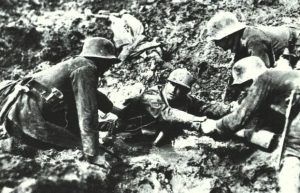
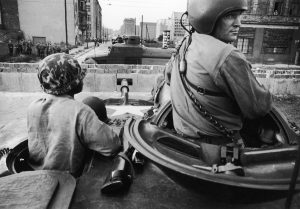
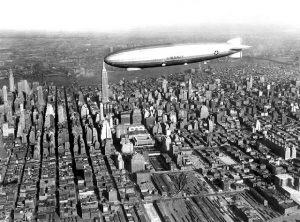
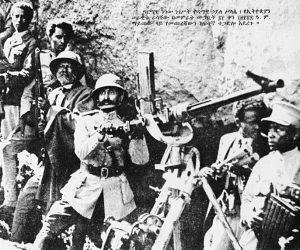
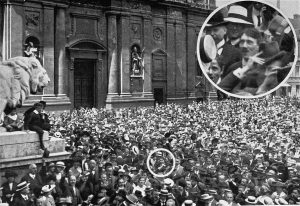
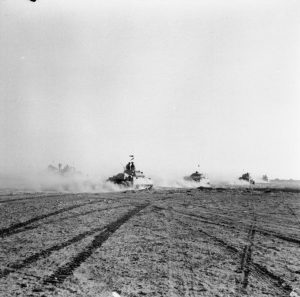
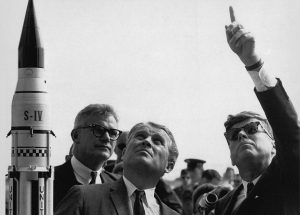
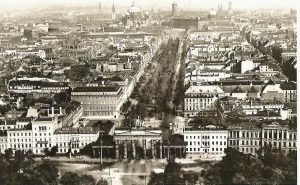
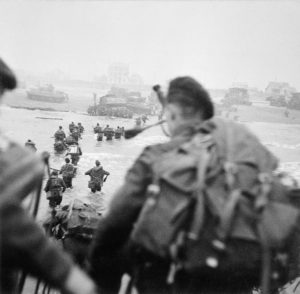
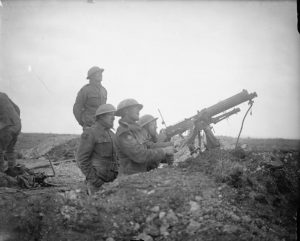

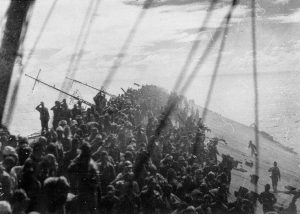
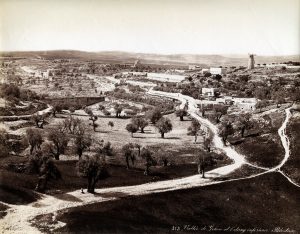
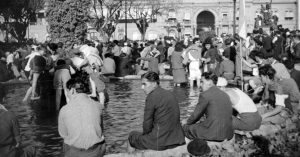
![Holystoning the deck of the H.M.S. Pandora | 1913 | [2813 x 1960 @600dpi]](https://www.curiositastube.com/wp-content/uploads/2024/03/1575-300x204.jpg)
